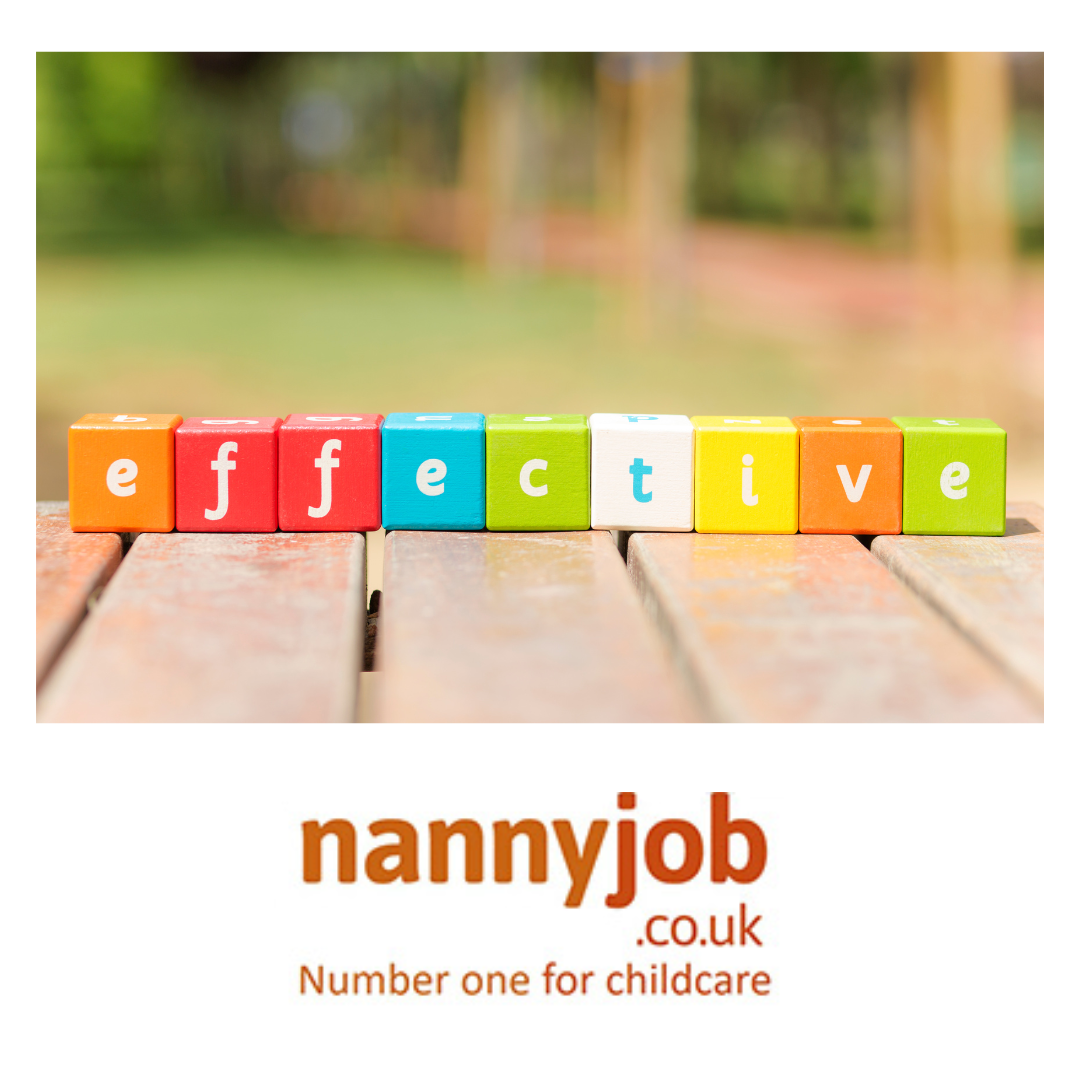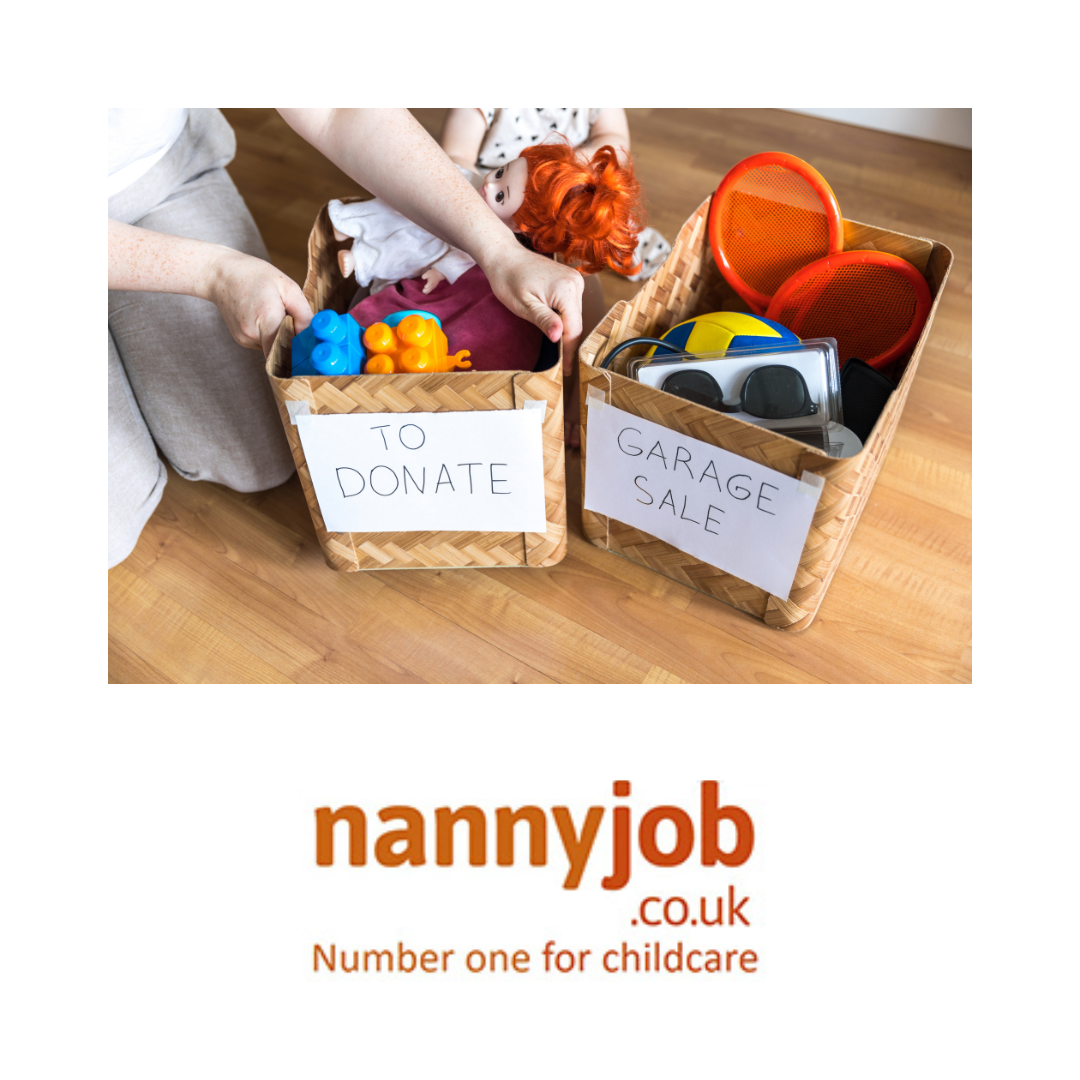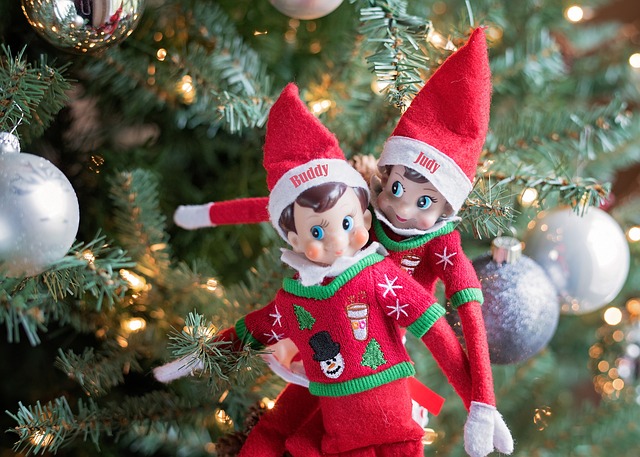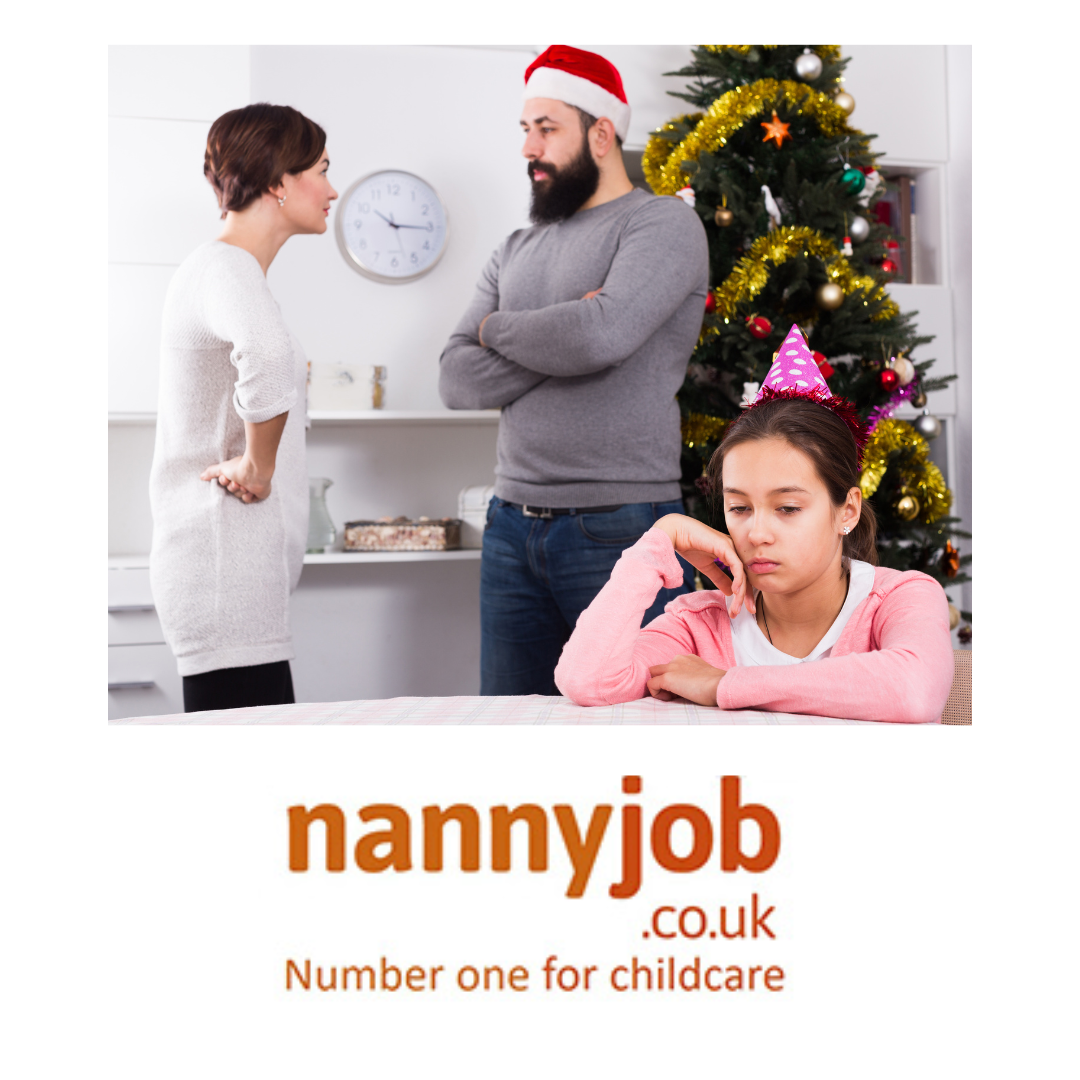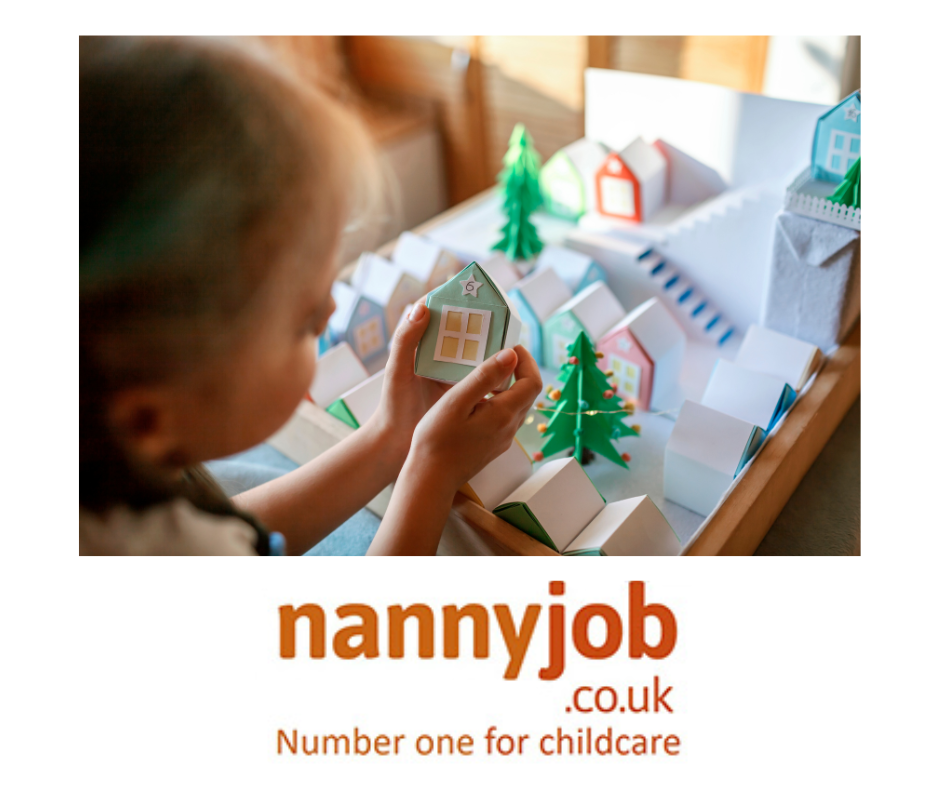In the world of childcare, the relationship between parents and nannies is pivotal. At its core, this relationship thrives on trust, respect, and, most importantly, effective communication. Whether it’s discussing daily routines, addressing concerns, or sharing milestones, clear communication fosters a positive environment for everyone involved, especially the children. Here are strategies to ensure open and effective communication between parents and nannies.
Establish Regular Check-Ins
Creating a regular schedule for check-ins can prevent misunderstandings and ensure both parties are on the same page. This could be a brief daily conversation, a weekly sit-down, or a structured monthly meeting. Use this time to discuss the child’s progress, upcoming events, and any adjustments needed in the care routine.
Use a Communication Log
A physical or digital logbook can be an invaluable tool for tracking daily activities, meals, nap times, behavioral updates, and any other noteworthy items. This log ensures that no detail is missed and provides a comprehensive view of the child’s day-to-day life.
Set Clear Expectations from the Start
At the beginning of the employment relationship, clearly outline job responsibilities, house rules, parenting philosophies, and emergency procedures. Having a written agreement or contract can serve as a reference point for both parties.
Foster an Open-Door Policy
Encourage open dialogue where both parents and nannies feel comfortable voicing joys, concerns, and suggestions. Knowing that communication is a two-way street can significantly enhance the relationship’s quality.
Practice Active Listening
Active listening involves fully concentrating on what is being said rather than just passively ‘hearing’ the message. This technique helps in understanding the perspective of the other person and responding appropriately, thereby reducing the chances of miscommunication.
Address Issues Promptly and Respectfully
If concerns or issues arise, address them directly and respectfully as soon as possible. Avoid letting frustrations build up, which can lead to resentment or misunderstandings.
Celebrate Successes Together
Make it a point to share and celebrate the child’s milestones and achievements together. Recognising the nanny’s contributions to these successes can strengthen the bond between the nanny and the family.
Utilise Technology Wisely
In today’s digital age, various apps and platforms can aid communication. Whether it’s sharing photos, updates, or scheduling appointments, find a tool that works best for both parties. However, ensure that digital communication doesn’t replace face-to-face interactions.
Effective communication is the cornerstone of a successful relationship between parents and nannies. By implementing these strategies, both parties can work together harmoniously to provide the best care for the children, creating a nurturing, stable, and happy environment for them to grow and thrive.

